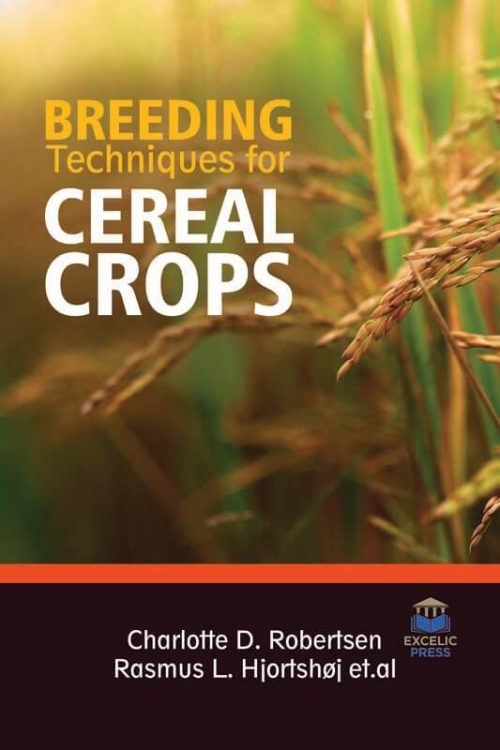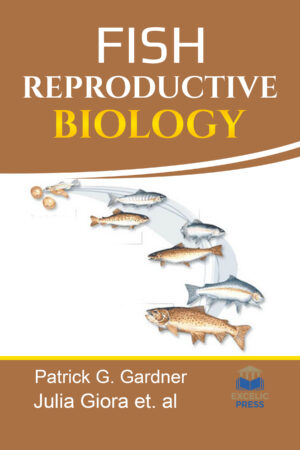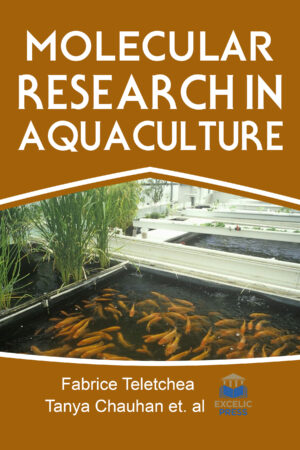Description
Existing modern breeding efforts now need to be complemented with advanced crop functional genomics, which can provide insights into the functioning of wheat genetic determinants. Agronomically important quantitative traits are often controlled by many small-effect genes, which have been difficult to take advantage of in practical breeding. The small-effect genes are difficult to map, and, if the mapping is successful, often multiple quantitative trait loci (QTL) are present, which are difficult to use simultaneously inbreeding. Consequently, marker-assisted-selection (MAS), when defined as the use of mapped genes inbreeding, has had limited success in improving such traits. The available tools for wheat genetic modification provide the experimental means to functionally characterize genetic determinants by suppressing or enhancing gene activities. This knowledge can then be used for targeted improvements tailored to the specific needs of the diverse and changing environments in which wheat is grown across the world. This offers the potential to tackle yield gaps wherever they exist, for a variety of causes, enabling this global crop to finally reach its full potential.
This book presents innovative research and development on cutting-edge techniques in breeding cereals crops. To feed the growing human population, global wheat yields should increase to approximately 5 tonnes per ha from the current 3.3 tonnes by 2050. To reach this goal, existing breeding practices must be complemented with new techniques built upon recent gains from wheat genome sequencing, and the accumulated knowledge of genetic determinants underlying the agricultural traits responsible for crop yield and quality. In this book, we primarily focus on the tools and techniques available for accessing gene functions which lead to clear phenotypes in wheat. Successfully, the book portrays on marker-assisted breeding in wheat; genetic analysis of Biofortification of micronutrient breeding in rice; genetic analysis and molecular breeding applications of malting quality QTLs in Barley; overexpression of soybean transcription factors.
Further, it explores metabolic profiling of phloem exudates as a tool to improve bread-wheat cultivars; development of transgenic sorghum plants with improved in vitro kafirin digestibility; and promoting the use of common oat genetic resources through diversity analysis and core collection construction. The chapters contributed in this book are written by eminent researchers and experts in the field. This book will be of assisting tool to students and practitioners working in the agricultural field and essential knowledge source for professionals dealing with plant breeding.





